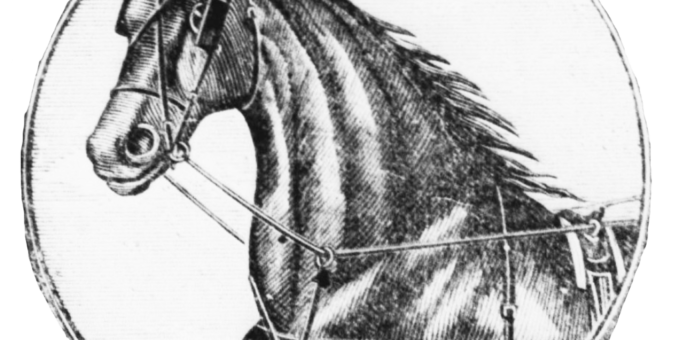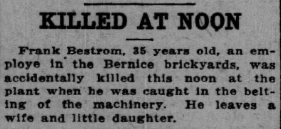
In an unusual twist on traditional blacksmithing, some of Chicago’s horse owners were outfitting their steeds with paper horseshoes.
Introduced by a German inventor and produced by an Eastern firm, the horseshoes were crafted from layers of paper treated with oil and turpentine, making them waterproof and surprisingly durable.
Paper Horseshoes

June 9, 1897. — The Chicago Times Herald says paper horseshoes are now being used by some of the Chicago blacksmiths.
The horseshoers themselves are not responsible for the innovation, but it is due to some of the owners of fine horse flesh, who supply the paper shoes to the farriers, who fasten them to the horses’ hoofs with nails in the usual manner.
The horseshoes are made of paper impregnated with oil or turpentine to make them waterproof. The shoes are the invention of a German. They are now being made, however, by an Eastern firm, which is finding a read sale for them among owners of fine horseflesh. After being saturated with oil or turpentine the paper is glued together in thin layers with a cement which does not become brittle when drying, being a mixture of Venetian turpentine, powdered chalk, linseed oil and lacquer.
The holes, through which nails are driven to fasten the shoes to the hoof, are stamped through the paper when moist. Then the shoe is placed under a hydraulic press and subjected to a strong pressure.
When fitting the shoe to the hoof, it can be filed or planed to fit as snugly as may be necessary. The shoes made of paper are said to be stronger and better than those of iron, just as car wheels of paper are superior to those of iron.
Another advantage claimed is that a horse wearing paper shoes is not likely to slip when traveling on slippery roads.
The advocate. (Topeka, Kan.), 09 June 1897.

